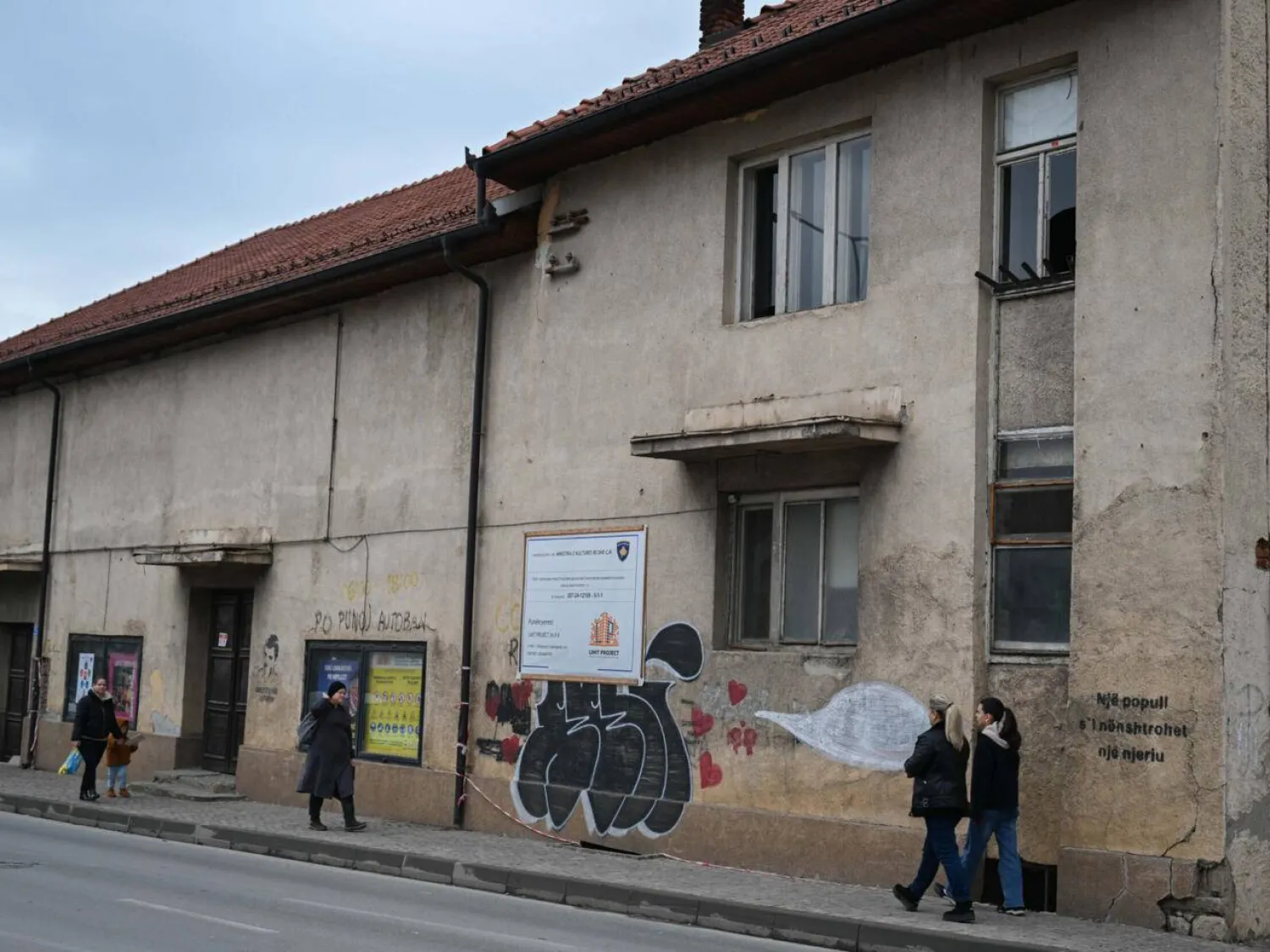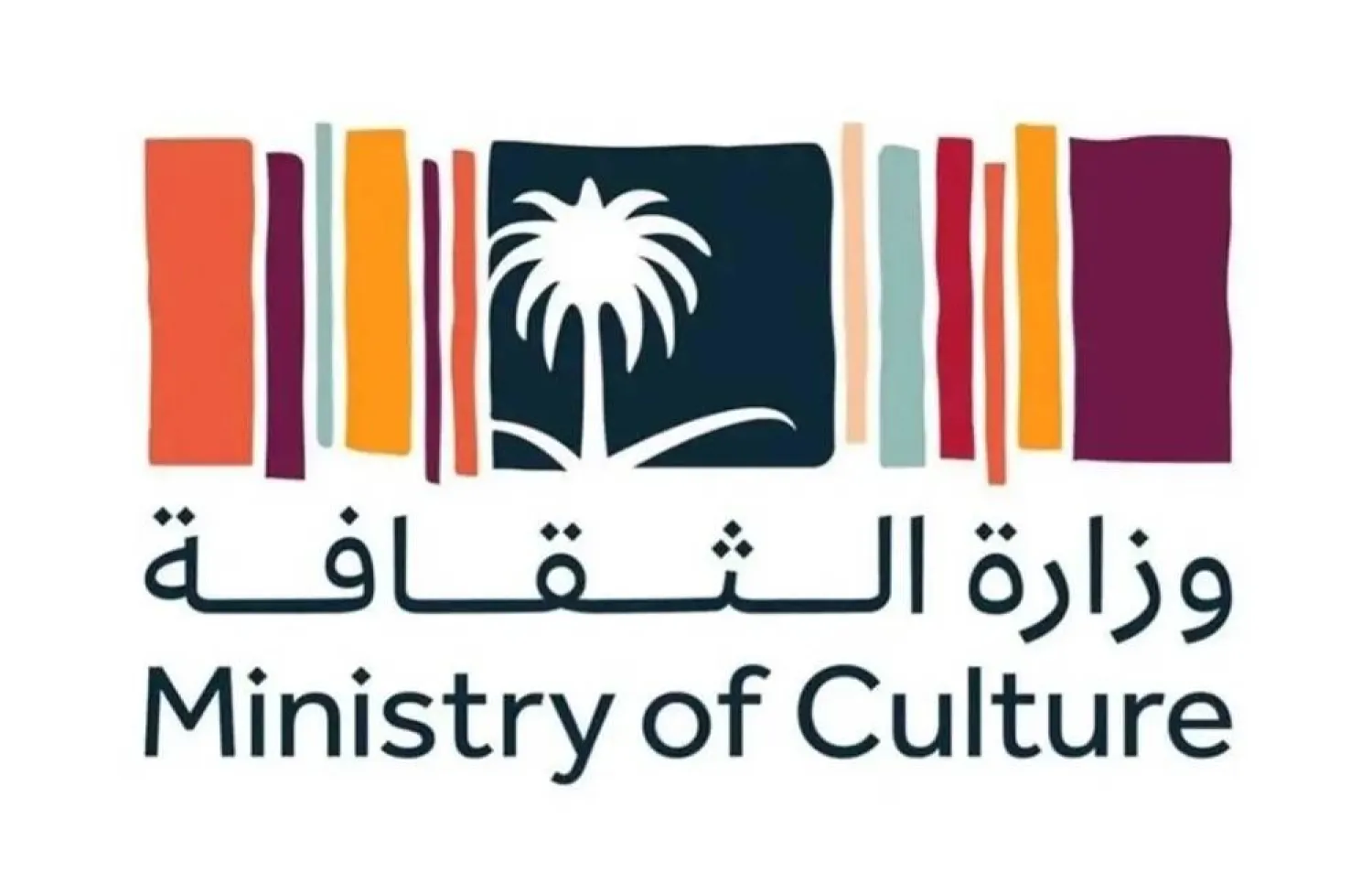The King Abdulaziz Foundation for Research and Archives, "Darah," organized a seminar on "Arabic manuscripts in Turkmenistan" in partnership with the Saudi embassy in Ashgabat. The seminar began Wednesday and runs through August 4.
The inaugural session of the seminar was conducted under the patronage of Turkmenistan Minister of Culture Atageldi Shamyradov. Present at the event were Saudi ambassador to Turkmenistan Said bin Osman Al-Suwaid; Darah chief executive Turki Al-Shuwaier; and director of the Magtymguly Institute of Language, Literature and National Manuscripts in Turkmenistan Dawud Orazsahedov.
Shamyradov extended a warm welcome to the Saudi delegation and highlighted an exhibition, held along with the seminar, that is displaying the heritage of the Two Holy Mosques over time, including the aesthetics of manuscripts and their historical significance.
He hailed these proceedings as a symbolic step that signifies the ongoing efforts towards cultural understanding between both nations while reflecting their strong and amicable relations. He also emphasized the distinctive position of Saudi Arabia in Turkmenistan's foreign policy.
Shamyradov highlighted the significance of the exhibition focusing on the Two Holy Mosques in introducing Islamic sanctities as well as national, cultural, and civilizational values from the Kingdom to the Turkmen people and the world.
The exhibition dedicated to the Two Holy Mosques featured various sections, including displays highlighting the Year of the Camel, Arabic calligraphy, and Saudi coffee traditions.
Saudi Ambassador Al-Suwaid underscored the mutual commitment of both nations to boost their deep ties, commending Darah for its efforts in preserving and showcasing the historical documentation of the Kingdom within the context of Islamic history.
Orazsahedov expressed his appreciation for Saudi Arabia's organization of the seminar, emphasizing its cultural significance in acquainting the Turkmen community with the rich heritage and cultural identity of Saudi Arabia through the lens of cultural exchange.
The event witnessed the screening of a documentary film focusing on the relations between Saudi Arabia and Turkmenistan.









